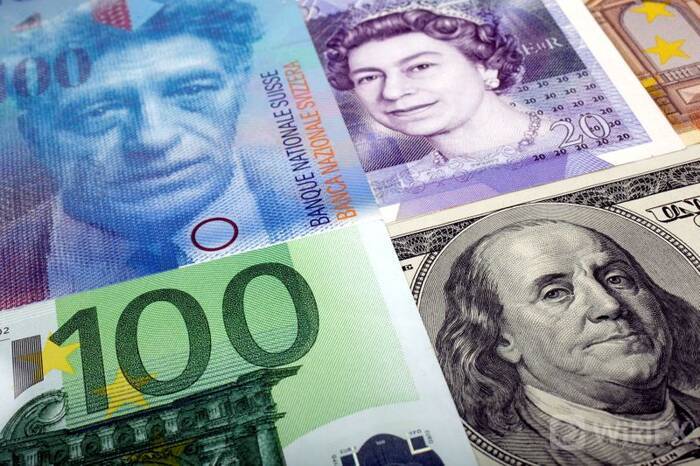The concept of central bank digital currency (CBDC) is gaining global traction and the attention of central banks and financial institutions around the world. Not to be confused with cryptocurrency, CBDC is a form of digital money that represents a direct claim on the central bank.
CBDCs have the potential to provide significant benefits, such as reduced dependency on physical cash, higher seigniorage due to lower transaction costs. It also reduces counterparty risk by establishing a direct claim on the central bank and increases financial inclusion as the mandate of central banks would require them to ensure that CBDCs are supported by infrastructures that are widely available to their communities.
Over the next few years, there will be a continued growth trend in digital payments. According to the latest e-Conomy SEA 2021 report, Southeast Asias (SEA) Digital Payment Gross Transaction Value is estimated to nearly double to US$1.2 trillion by 2025, from US$646 billion in 2020.
In Southeast Asia, CBDCs can be proven to be useful in emerging markets where financial institutions may not be easily accessible or robust to the underbanked and unbanked communities with little or no access to the full range of financial services, such as loans, mortgages, and brokerage accounts, and are heavily reliant on cash and barter systems. Hence, CBDCs entrance into these emerging markets as a form of replacement or an alternative to fiat cash, can potentially address current problems faced by unbanked and underbanked communities, establishing a more inclusive digital payments ecosystem and creating financial data identities.




